
(SCOTT MORAN / iNFOnews.ca)
July 27, 2016 - 2:26 PM
I FEEL LIKE I WON A GOLD MEDAL IN THE FORAGING OLYMPICS
OPINION
Foraging in July 2016 will always be a great memory for me. Thankfully it isn't over yet. Something about the weather this year has made our local wild food crops flourish. Recently, steady bouts of rain and cloud have helped to produce a non-stop crop of wild fungi. Specifically, Porcini and morels. Yesterday I picked a basket of morels. On Monday I picked three baskets of mushrooms, mostly porcini. It is a dream come true to be providing our local chefs with the best spring and fall mushrooms, in the same week. I feel like I won a gold medal in the foraging Olympics.
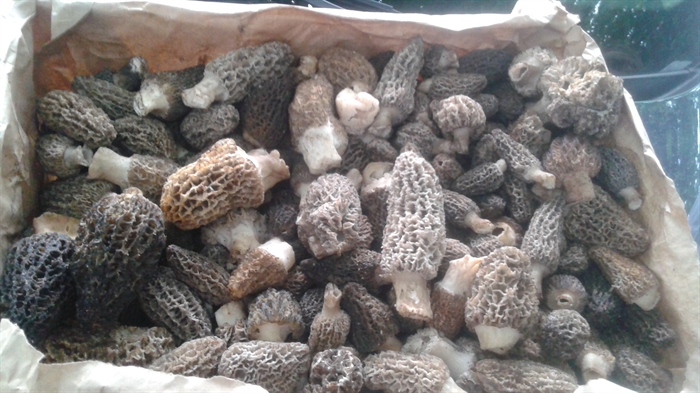
Finding morel mushrooms makes for a great bounty from the forests.
Image Credit: Contributed by author
A late snowfall in the mountains, an early heat wave to kickstart the growing season, and a mild early summer: All important contributions the 2016 wild harvest. The only downside to having such a bounty in the mountains is I have less time to work with our local summer products. Sumac, berries, purslane/portulaca, will have to wait for another day. I've got mushrooms to pick.
Porcini is the most famous mushroom in Europe. It goes by many, many names. Another name in Canada is the King Bolete (Bolete is a common family of mushrooms with a spongy bottom instead of gills on the cap). In Europe, every country has their own name for this delicacy; Porcini in Italy, Cep in France, Steinpilz in Germany, dozens of names in other regions.
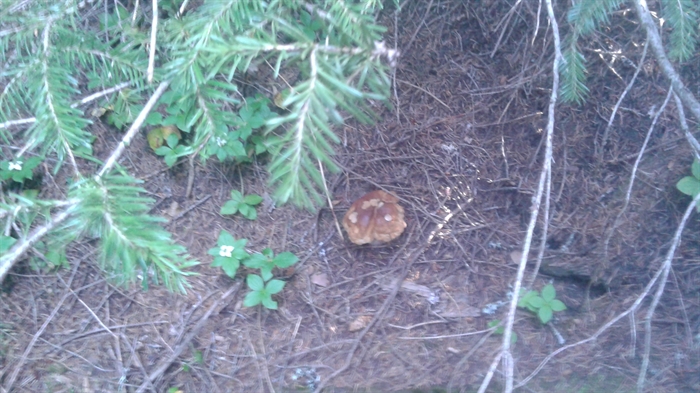
Look for porcini under spruce, pine and fir trees in B.C. forests.
Image Credit: Contributed by author
The porcini can grow anywhere from the size of a small button all the way up to five or ten pounds per mushroom. Many of the large specimens will be too far gone to harvest, but they are an incredible sight. Last year we had one on the scale that weighed over seven and a half pounds. Here is the picture if you don't believe me.
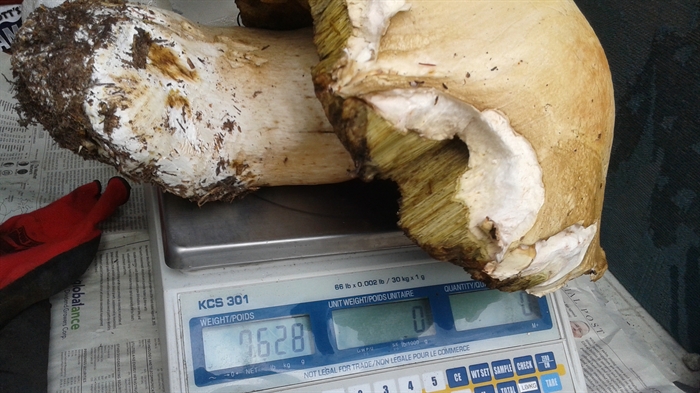
A giant porcini mushroom
Image Credit: Contributed by author
Porcini are best chopped in wedges or large pieces and simmered slowly in lots of butter. Only stir two times to get that perfect golden-brown caramelization. Their flavour will vary in each forest. In Europe, they are known for growing under Oak. This is especially true in France and Italy. Here in Interior B.C., we have them under spruce, pine, fir. Sometimes they absorb syrup from their host tree and are very sweet. This is a tasty example of their mycorrhizal, or symbiotic, relationship with the forest. The mycelium (roots) from the fungi are intertwined with the roots of the trees in a complex give-and-take relationship.
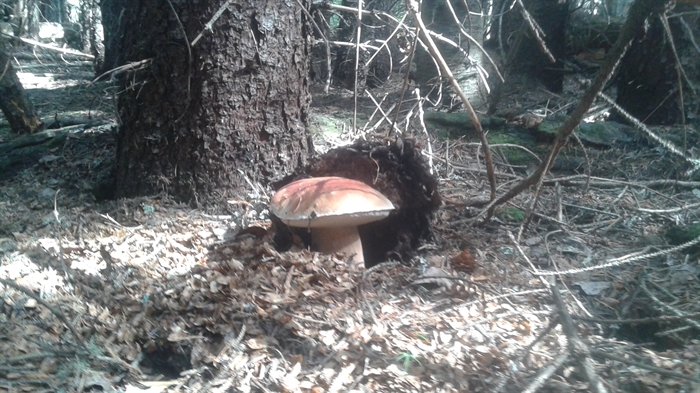
A fungi of many names, but you can call them porcini.
Image Credit: Contributed by author
Lately I have also been finding a close relative of the Porcini, the red-topped or scaber-stalked bolete. These will slowly bruise blue when they are cut or bumped. This just oxidization and is harmless, but may throw a novice picker off. They have a firmer texture than the porcini and are considered as good by the few chefs who have experienced them. Nintendo fans will find that more than any other shroom, this one resemble the one from Mario games!
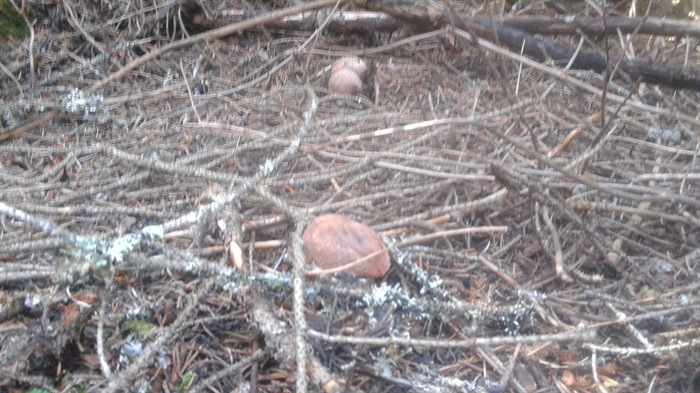
The scaber-stalked bolete. Mario, anyone?
Image Credit: Contributed by author
While driving back from a trip to Alberta last week, I took a drive down the dirt road on the west side of Kinbasket Lake, near Golden, BC. In those forest I found several small patches of Yellowfoot Chanterelles. This is something I will be selling in late October and November. Another name for the yellowfoot chanterelle is the winter chanterelle. They are undeniably a classic fall product, sometimes available in coastal regions in December. I am ready for anything after witnessing the winter chanterelle in mid-July.
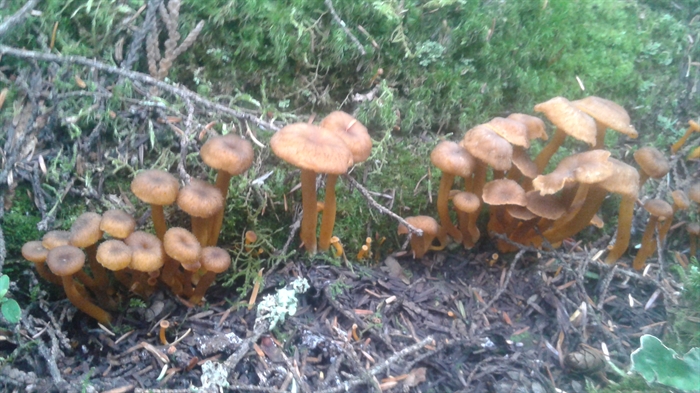
Yellowfoot or winter chanterelles are normally not available this time of year.
Image Credit: Contributed by author
— Scott Moran is a local forager discovering his own path to food freedom
News from © iNFOnews, 2016